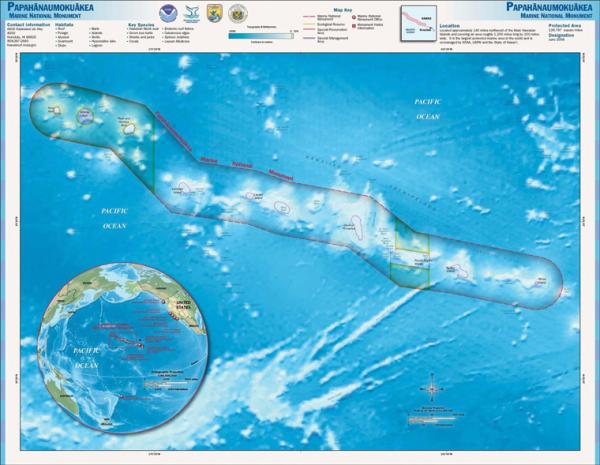
Oceans: Putting up the ‘Keep Out’ Signs
Proceedings, January 2013 Marine Protected Areas (MPAs) are designated sites found throughout the World Ocean that are set aside for…
Copyright 2024 U.S. Naval Institute. All Rights Reserved.